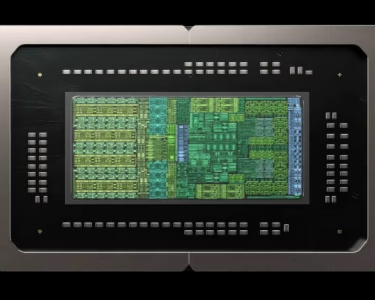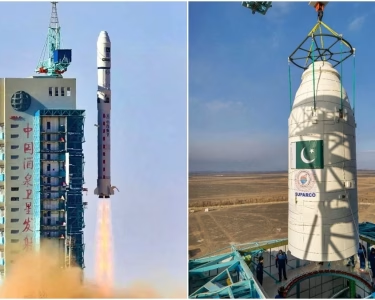Wireless Power Transfer + AI-Optimized WPT: The Future of Energy
AI-Optimized Wireless Power Transfer improves efficiency and voltage stability in modern charging systems. It enables reliable, high-performance wireless energy for EVs and beyond.
1. What is Wireless Power Transfer (WPT)?
Wireless Power Transfer (WPT) eliminates the need for physical cables, using electromagnetic fields to deliver energy over short or medium distances. Already applied in Qi wireless charging, the technology is scaling toward electric vehicles (EVs), medical implants, and industrial IoT.
2. The Role of AI in Optimizing WPT
Recent research shows AI-optimized WPT systems can achieve:
-
Efficiency up to ~86.7%
-
Voltage stability under load variations
-
Adaptive frequency tuning to reduce losses
-
Intelligent coil alignment for EV wireless charging pads
Machine learning algorithms monitor system dynamics, predicting resonance shifts and compensating in real-time.
3. Key Applications
-
Electric Vehicles (EVs): Dynamic wireless charging roads & parking pads
-
Smart Homes & IoT: Always-on wireless powering for sensors & gadgets
-
Healthcare: Implanted devices powered wirelessly with high safety margins
-
Robotics & Drones: Autonomous charging without human intervention
4. Challenges Ahead
-
Scalability: Efficiency drops with distance & misalignment
-
Safety: EM exposure and regulatory standards
-
Cost: AI-enhanced control hardware may raise implementation costs
-
Interference: Need for robust EMC compliance in dense urban settings
5. Future Outlook
AI-powered WPT systems represent a step toward true wireless energy ecosystems, where devices, vehicles, and even smart cities are powered without physical connectors. As AI models improve coil optimization, impedance matching, and environmental adaptation, WPT may evolve into a mainstream alternative to wired infrastructure.





